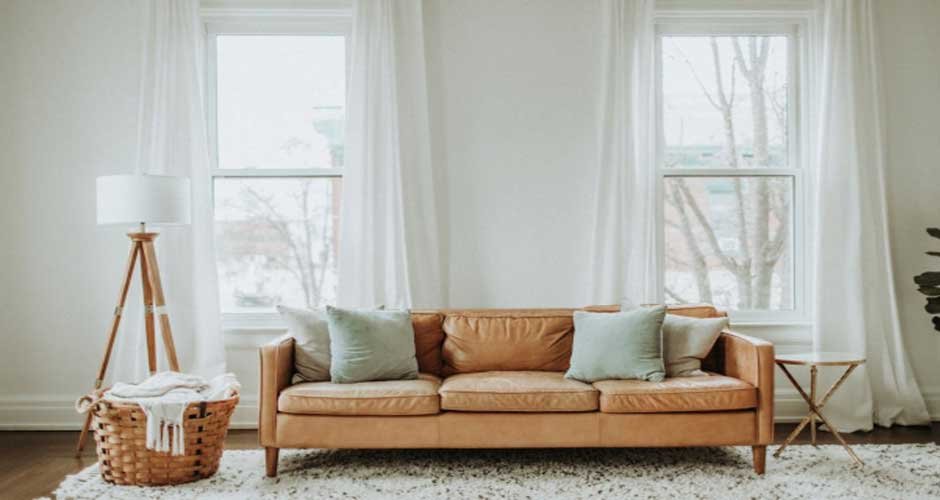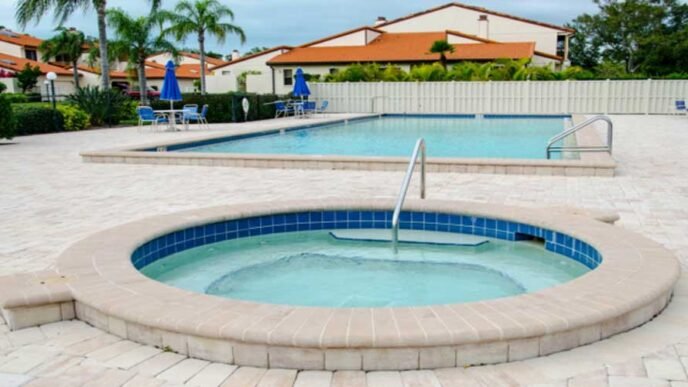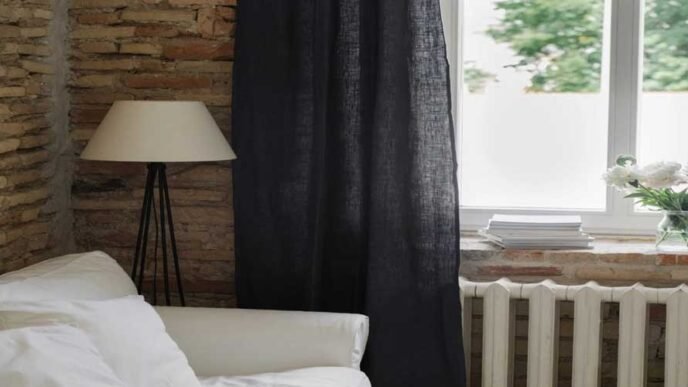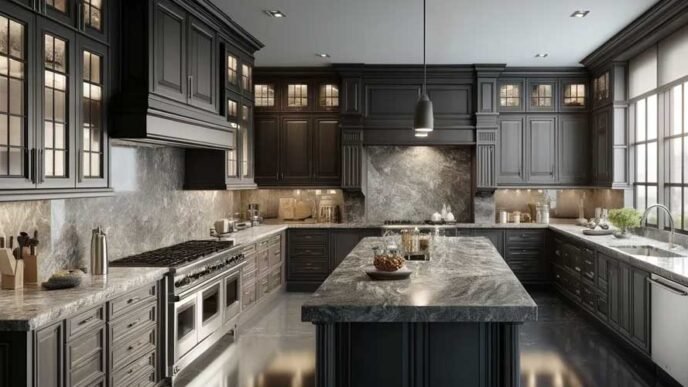Illinois, known for its diverse architectural landscape ranging from the sprawling metropolitan skyline of Chicago to the quaint, historic homes of Springfield, offers a unique backdrop for embracing minimalist living. In this state, where both urban and rural aesthetics merge, the concept of creating a minimalist home appeals to those seeking tranquility amidst the hustle. Minimalism in home design not only simplifies physical space but also brings a sense of calm and order to one’s environment, resonating with many Illinois residents looking to declutter their lives and homes.
Minimalist living strips away the non-essential, focusing on the essentials to free up space and reduce stress. This guide delves into how to effectively transform your home into a minimalist sanctuary, highlighting practical steps and considerations that help maintain both functionality and style.
1. Understanding Minimalism
Minimalism is more than just an aesthetic; it’s a lifestyle choice that emphasizes the ‘less is more’ philosophy. It’s about prioritizing quality over quantity and finding beauty in simplicity. This approach involves decluttering your environment, which in turn, can declutter your mind, allowing for a more organized, peaceful daily life. Adopting minimalism in your home starts with understanding its core principles: reduce, reuse, and recycle. It’s about stripping down to the basics and keeping only what is necessary, functional, or brings joy.
2. Planning Your Space
Effective space planning is crucial in a minimalist home. Begin by assessing each room and its essential functions. What do you really need for a living room, bedroom, or kitchen to be functional and comfortable? Make floor plans that allow for ample open space, emphasizing free movement and the unobtrusive arrangement of furniture. Bathroom remodels in Orland Park can be a seamless process because of local experts who understand the value of minimalist design and can help maximize the utility and aesthetics of even the smallest spaces.
3. Choosing a Color Scheme
The color scheme in a minimalist home is vital in setting the tone and mood of the space. Neutral colors like white, beige, gray, and pastels are popular as they make the area feel larger and more open. These shades also reflect more light, enhancing the airy feel of the rooms. However, incorporating a few well-chosen accents in bolder colors can define different areas within the home without breaking the minimalist design.
4. Furniture Selection
Selecting the right furniture is key to achieving a minimalist look. Opt for pieces that are simple in design but high in quality. Each item should serve a purpose or function. Instead of multiple small pieces, choose fewer, larger pieces that make a statement but also offer functionality. For instance, a large sectional can define the living room while providing ample seating, eliminating the need for additional chairs and tables.
5. Smart Storage Solutions
To maintain a clutter-free home, smart storage solutions are essential. Invest in furniture that doubles as storage, such as beds with built-in drawers or ottomans that open up to provide extra space. Use vertical spaces effectively by installing shelves that reach up towards the ceiling, minimizing the footprint on the floor.
6. Decluttering Techniques
Embracing decluttering is a cornerstone of minimalist living. Start by sorting through your belongings and categorizing them into keep, donate, sell, or discard. Focus on retaining items that serve a specific purpose or bring you joy. Be methodical and tackle one room at a time to avoid feeling overwhelmed. Regularly scheduled decluttering sessions can prevent accumulation, keeping your space serene and manageable. This process not only clears physical space but also fosters a mindset of less attachment to material things, which is essential for maintaining minimalism.
7. Minimalist Kitchen Tips
The kitchen is often the heart of the home and can quickly become cluttered. To maintain a minimalist kitchen, streamline your utensils and appliances. Keep countertops clear by storing appliances in cabinets and only displaying essentials. Opt for quality over quantity in your cookware and tools, choosing multi-purpose items. Incorporate open shelving or glass-front cabinets to keep items accessible while maintaining a tidy appearance. This approach not only makes your kitchen more functional but also turns it into a calming, inviting space.
8. Enhancing Rooms with Minimal Decor
Minimalist decor focuses on simplicity and space. Choose a few key pieces of artwork or decor that resonate with your aesthetic and place them strategically to enhance rather than clutter your space. Use textures and natural elements like wood or stone to add warmth and character without overwhelming the room. The right minimal decor can make a room feel welcoming and lived-in while still retaining a clean, uncluttered look.
9. Maintaining a Minimalist Home
Living minimally is an ongoing commitment. Make it a habit to reassess your possessions and space regularly. Adopting daily cleaning and tidying routines can prevent clutter from accumulating and help maintain the minimalist aesthetic. Educate household members about the benefits and practices of minimalism to ensure everyone contributes to maintaining the environment.
10. The Psychological Benefits of Minimalism
Adopting a minimalist lifestyle can significantly impact your mental health and overall well-being. Reducing clutter and simplifying your environment can lead to reduced stress and anxiety, clearer thinking, and improved focus. Many find that minimalism helps in fostering a greater sense of personal satisfaction and peace, as it allows for a lifestyle that focuses on experiences and relationships rather than possessions.
Conclusion
Creating a minimalist home is more than just a way to organize space—it’s a transformative journey that can lead to a more focused, peaceful, and fulfilling life. By understanding and implementing the principles of minimalism, planning your space thoughtfully, and maintaining the habits that support a minimalist lifestyle, you can enjoy the numerous benefits that this way of living brings. Whether you’re in Illinois or anywhere else, the principles of minimalism are universal and timeless, capable of enhancing anyone’s home and lifestyle.












